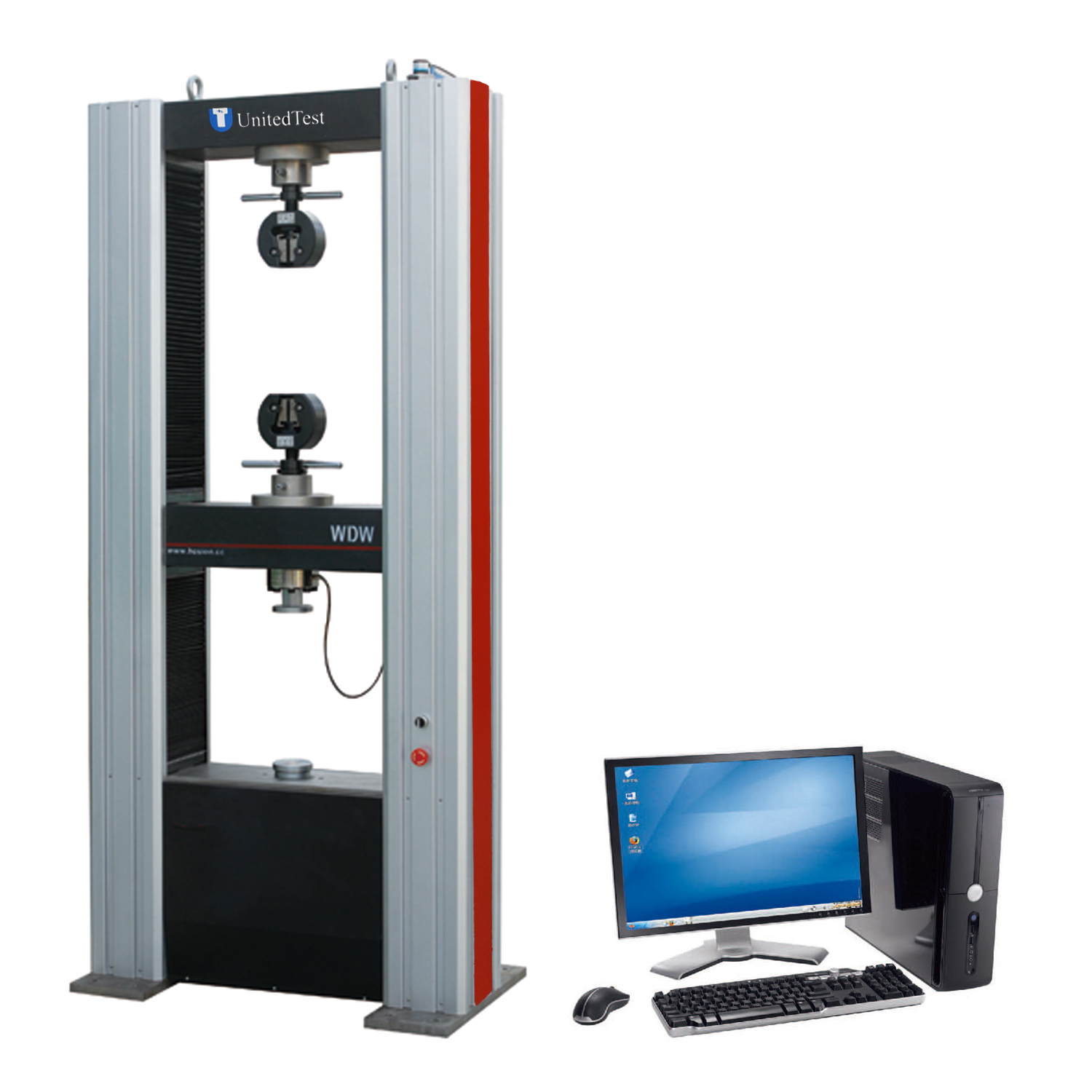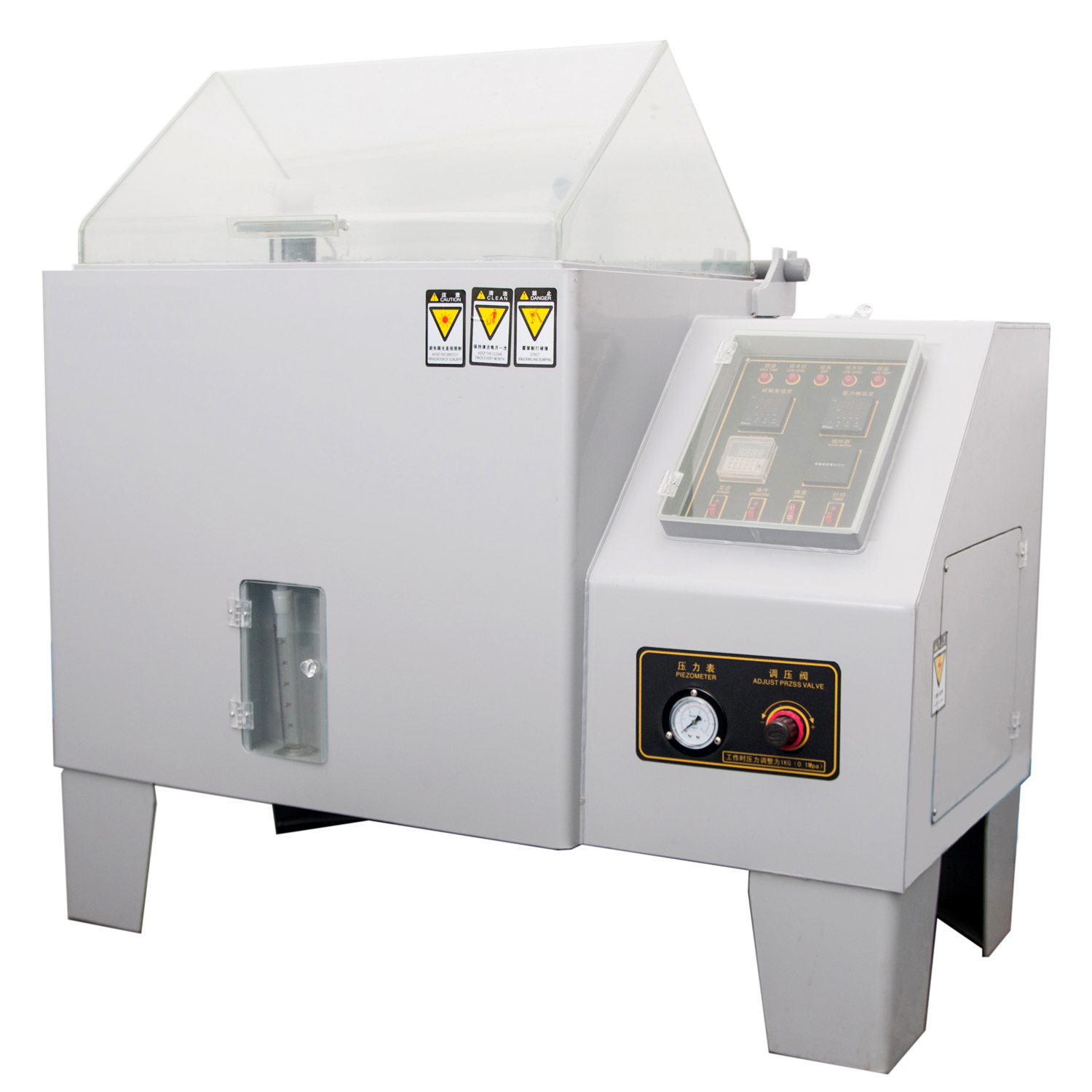ASTM D4459 Weathering Test Machine of Xenon-Arc Light Exposure of Plastics Intended for Indoor Applications
ASTM D4459 is a standard that describes specific procedures and test conditions that are required to assess the stability of plastics that are intended for an indoor application. Indeed, the purpose of this method is to simulate the effects that are engendered by solar radiation through glass with an exposure to a glass-filtered Xenon arc illuminating light source. Thus, the ASTM D4459 relies on the guidelines of the ASTM G151 and of the ASTM G155 practices. Micom Laboratories is happy to offer ASTM D4459 testing as part of its UV testing and plastic testing services.
1.1 This practice covers specific procedures and test conditions that are applicable for exposure of plastics in window glass-filtered xenon-arc devices in accordance with Practices G151 and G155 for evaluating the stability of plastics intended for use in indoor applications.
1.2 This standard does not purport to address all of the safety concerns, if any, associated with its use. It is the responsibility of the user of this standard to establish appropriate safety, health, and environmental practices and determine the applicability of regulatory limitations prior to use.
Beijing United Test Co.,Ltd. export@unitedtest.com offer the testing equipment of ASTM D4459 Weathering Test Machine of Xenon-Arc Light Exposure of Plastics Intended for Indoor Applications. Contact us now : export@unitedtest.com, unitedtest@hotmail.com
Xenon-Arc exposure of plastics for indoor applications
ASTM D4459 - Plastic Testing ProcedureThe ASTM D4459 standard mainly tries to characterize the evolution of the aesthetics of the plastic over time. More specifically, this method aims to appraise the color differences of the sample in accordance with the ASTM D2244 test protocol. In order to determine the variation of that property in terms of exposure time or radiant exposure, it is necessary to perform a periodical evaluation of the specimen. The time or radiant exposure required to provoke a certain property change can be used to ascertain the stability of materials. Furthermore, in order to foresee the performance of the sample into the field, it is necessary to have the appropriate acceleration factor. As a matter of fact, employing an acceleration factor that was obtained through an outdoor exposure or of another product will lead to flawed projections, because this factor is attributed to a specific material for a given situation. Lastly, even though a Xenon-arc light exposure is essentially used to assess the aesthetics, because the light source has an emission spectrum that matches the portion of the solar spectrum responsible for causing color fading, other properties may be gauged as well if this practice is coupled with the right methods.
Significance and Use
4.1 This practice is intended to simulate the effects produced by exposure to solar radiation through glass. This practice uses exposure in a xenon-arc device equipped with window glass filters and operated in accordance with Practices G151 and G155.
Note 2: Practice D4674 describes exposures in a device that uses a combination of fluorescent “cool white” and ultraviolet (UV) lamps to simulate the effects of exposures to indoor fluorescent light and window glass filtered daylight.













